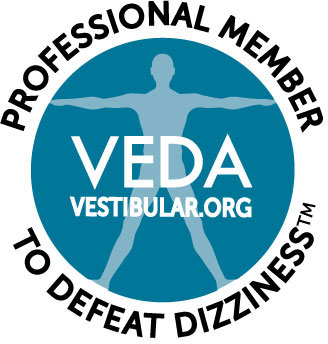A Visual Description of BVD
- The way the condition known as vertical heterophoria and other binocular vision dysfunctions (BVDs) work is there is a slight misalignment of the eyes (indicated by the black arrow) that causes the image to not be centered on the back of the eye, the area known as the fovea (shown by the red arrowhead).

- In order to correct this misalignment, the muscles of the eye overwork themselves, which leads to strain and discomfort.

- Even though the image is now centered on the fovea as it should be, the eyes continue to strain themselves to keep it there. This leads to the many symptoms associated with BVD.

- The body is trying to correct this misalignment the best it can but this overuse of the eye muscles causes a lot of problems. Thankfully, there is a better way to address the headaches and dizziness that result from the condition. The method doesn’t result in a host of other problems, such as anxiety, sudden dizzy spells, double vision and complications with driving and reading.
- Our treatment uses special prismatic lens (indicated in the image in green) to correct the misalignment. The way the special lens works is that it bends light and balances the visual information (dotted red arrow) taken in by the eyes, even though they are still slightly misaligned (black arrow). Because there is now no need for the body to realign the eyes, the eye muscles are no longer being strained and overworked. The patient experiences a significant reduction or even elimination of the symptoms of BVD.The patient can now see clearly without the various symptoms associated with BVD.






